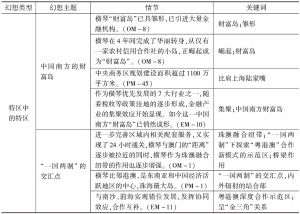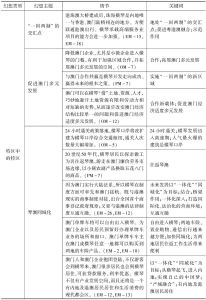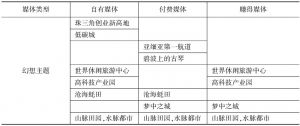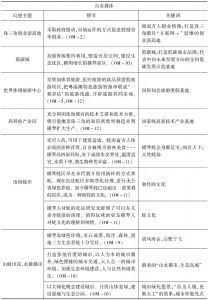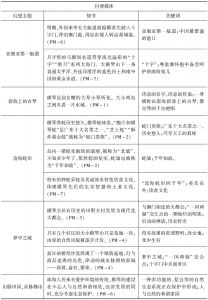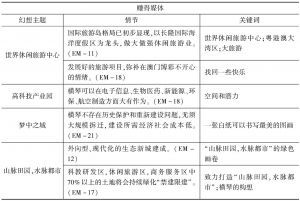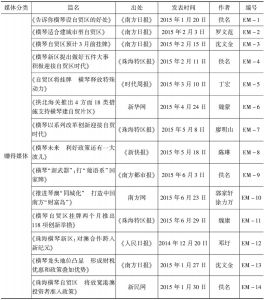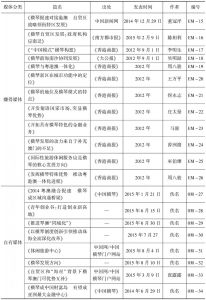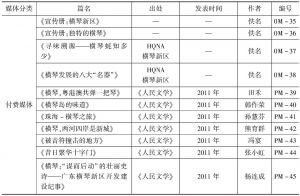报告
横琴品牌身份构建与媒体形象的幻想主题研究
检索正文关键字
报告目录
- 一 前言
- 二 横琴自贸区
-
三 区域品牌
- (一)品牌,品牌形象,品牌个性
- (二)区域,区域品牌,区域形象和区域个性
- 四 符号融合理论
- 五 媒体类型
-
六 研究方法
- (一)研究抽样
- (二)幻想主题分析
- (三)分析流程
-
七 研究发现
- (一)幻想类型:特区中的特区
- 幻想主题1:中国南方的财富岛
- 幻想主题2:“一国两制”的交汇点
- 幻想主题3:促进澳门多元发展
- 幻想主题4:琴澳同城化
- 幻想主题5:葡语系国家牌
- 幻想主题6:先行先试的试验田
- (二)其他零散主题
- 幻想主题7:山脉田园,水脉都市
- 幻想主题8:世界休闲旅游中心
- 幻想主题9:高科技产业园
- 幻想主题10:梦中之城
- 幻想主题11:沧海蚝田
- 幻想主题12:珠三角创业新高地
- 幻想主题13:低碳城
- 幻想主题14:亚细亚第一航道
- 幻想主题15:碧波上的古琴
- (三)幻想类型和主题在三个媒体中的关系
- (四)横琴宣传部门负责人深度访谈的幻想主题分析
- 幻想主题A:荒岛逐梦
- 幻想主题B:宣传部门疲于应付
- 幻想主题C:品牌建设是个复杂的体系
- 幻想主题D:琴澳关系
- (一)幻想类型:特区中的特区
- 八 讨论与总结
- 九 结束语
查看更多>>>



